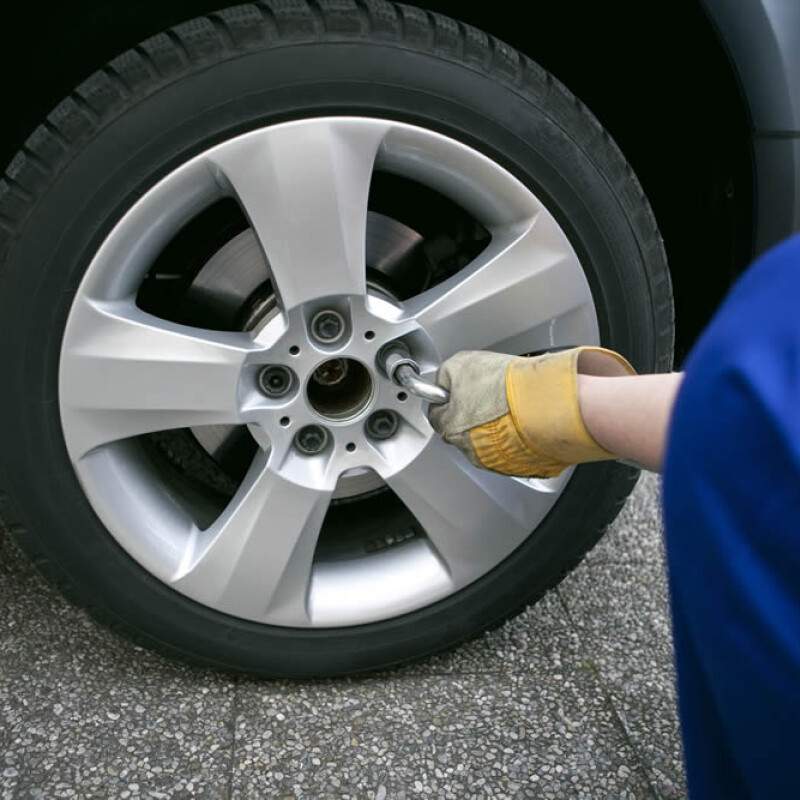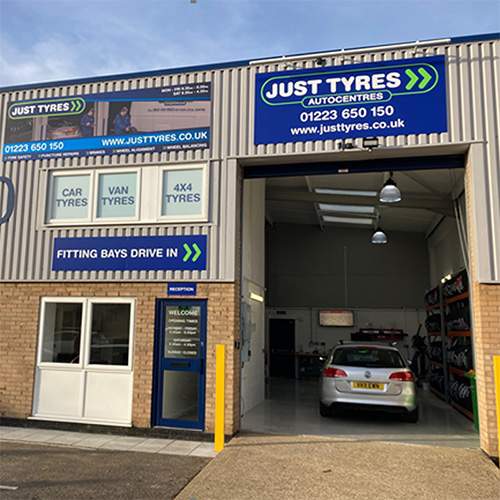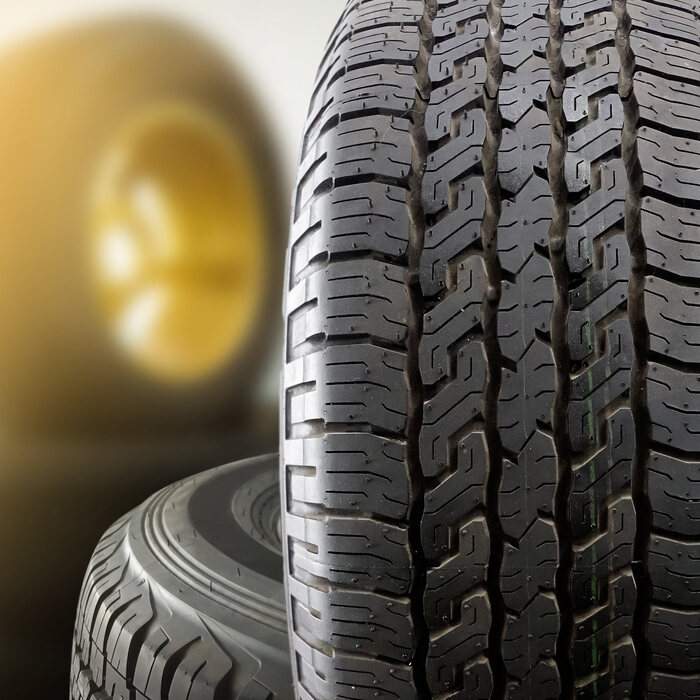WHAT ARE RETREADED TYRES?
When tyres reach the end of their life due to wear, the most common way to make sure they’re road legal is by replacing them. However, one way to give a tyre a new lease of life is by having it retreaded.
What does retreading mean?
Retreading - also known as remoulding - is the process of recycling a tyre that’s worn, but still has enough of a solid structure so that the treads can be replaced. It’s not commonly used by car drivers, who are more likely to opt for replacing a tyre. However, it is something that drivers of larger vehicles such as lorries take advantage of, as they’re likely to need replacing much sooner, and retreading is often cheaper than buying a replacement.
Not only is retreading more cost-effective, it helps reduce the amount of waste and is therefore also more environmentally friendly. Tyres are made from a hard, petroleum-based rubber compound, and when they’re retreaded a lot less of this rubber is needed than is used to construct a whole tyre.
How is retreading done?
Firstly, the sidewalls and threadbare tread are removed, and new rubber is moulded or stitched into place. This is then cured and inspected to make sure the retreading has been done to a high standard.
Retreading can only be performed by tyre specialists with the correct skill, experience, and equipment. It’s not something you will be able to do at home.
Can all tyres be retreaded?
Retreading can be done to most tyres so long as they’re still structurally sound. For passenger vehicles, the tyre must have a minimum speed rating of 140kmph in order for it to qualify for retreading.
Tyres from all major manufacturers have the ability to be retreaded. That being said, it’s more common with heavy-duty tyres, due to them being much more robust than standard passenger car tyres.
However, it’s not something that is often done to car tyres, so isn’t something the average driver is aware of. Retreading is a much more common practice for vehicles that need their tyres replacing more frequently, such as buses and lorries. Retreading is also very common for tyres used in aviation.
If you’re considering using retreaded tyres, make sure by doing so you won’t be invalidating your insurance.
Is retreading safe?
Absolutely, retreading is completely safe. However, it’s often considered that retreaded tyres don’t match the quality of new tyres, which is why it isn’t seen more frequently with cars.
It can also be difficult to trace the history of a used tyre, which is why some question the strength of the internal structure of a retreaded tyre. But any reputable company that offers retreading will have to follow strict guidelines and adhere to safety standards.
The advantages of retreaded tyres
There are plenty of advantages that mean for some, retreading is a more cost-effective approach than replacing worn tyres:
- Retreading is perfectly safe, despite some of the negative views surrounding it
- It’s a cheaper alternative than buying new tyres
- It’s environmentally friendly by both using fewer raw materials to replace the treads and by not adding another used tyre to a landfill
- Retreading increases the lifespan of a tyre that you would usually have to replace due to the treads no longer being road legal - so long as the structure hasn’t been weakened, a single tyre can be retreaded as many as ten times
The disadvantages of retreaded tyres
There are also certain disadvantages to retreading tyres that mean it’s not as common among car drivers as it is those who use heavy-duty tyres:
- Some consider retreaded tyres to not have the same high-quality that new tyres have
- New treads will increase the weight of your tyre, which can affect wheel balancing
- Tyres that have been retreaded tend to have a lower speed rating
- Some manufacturers don’t recommend the use of retreaded tyres on their vehicles, and doing so may invalidate your insurance
- Some question whether retreaded tyres grip wet roads as well as new tyres do
- It’s sometimes difficult to know the history of a tyre, and how many times it may have been retreaded in the past
Are retreaded tyres a suitable alternative to buying new ones?
The environmental benefits make retreading your tyres appealing, but it’s important to factor in both the advantages and disadvantages before you make the decision to have them retreaded.
In some specific situations, retreaded tyres can save you money, but unless you drive a large vehicle professionally, it might not be the best option for you.
While retreading your tyres can save you money, the quality and performance won’t be as good as if you were to simply replace them. And you may find that you’ll have to replace them eventually anyway, and that they won’t save you much money in the long run.
Buy new quality tyres today
If you’re looking to replace your worn tyres, Just Tyres has a wide selection available from major manufacturers to suit all budgets. To get started just add your vehicle reg to our online tool and buy new tyres today in just a few clicks.
Tyre Puncture Repairs
If you find yourself with a flat tyre, it may be due to a puncture, where an object has either punctured the tyre or an object has embedded itself in the tread of the tyre. All puncture repairs are carried...
Learn More
How to store tyres correctly
If you need to store tyres for any reason - such as if you’ve bought new tyres for future use, or removed seasonal tyres - it’s important to store them correctly. Correctly storing tyres will ensure they don’t suffer unnecessary...
Learn More


 Same Day Fitting. Order By 10:30am
Same Day Fitting. Order By 10:30am
 51 Nationwide Fitting Centres
51 Nationwide Fitting Centres
 5 Year Warranty On All Tyres
5 Year Warranty On All Tyres
 Price Check Promise. Always Great Deals
Price Check Promise. Always Great Deals

 Find a Centre
Find a Centre


